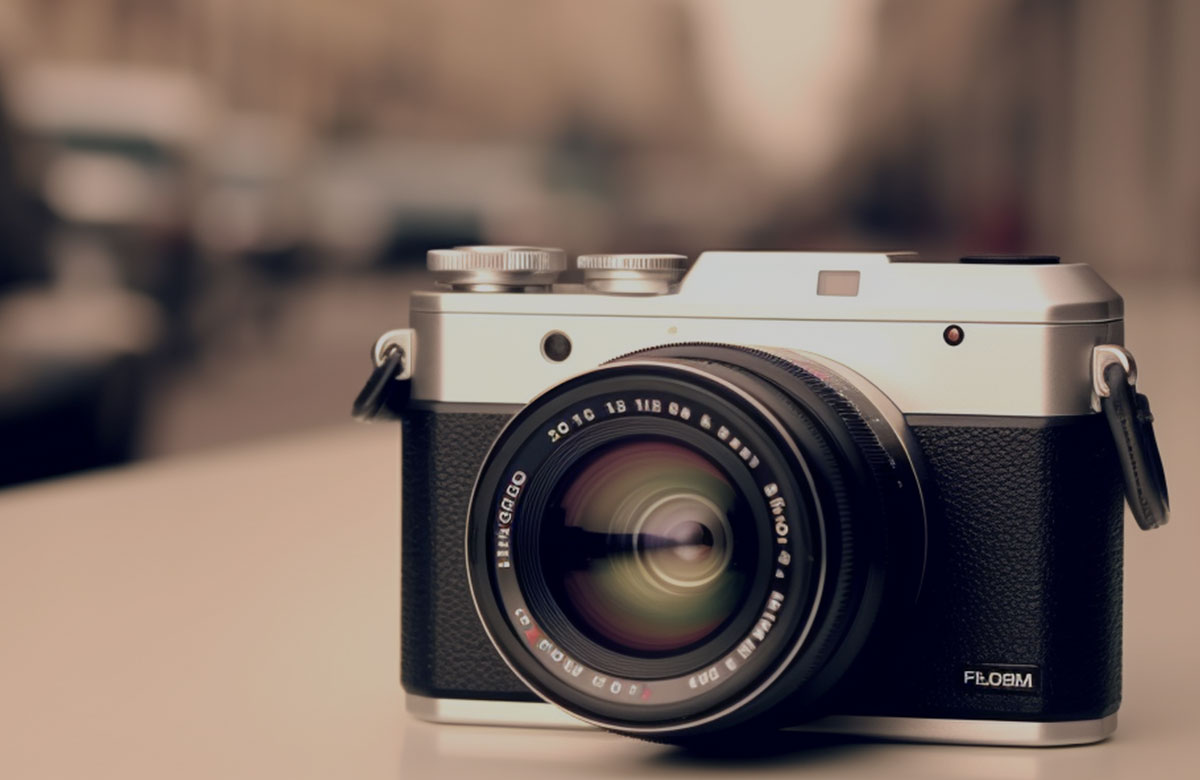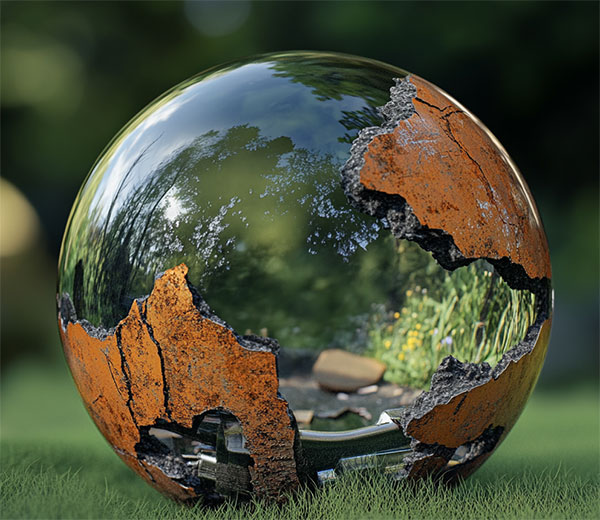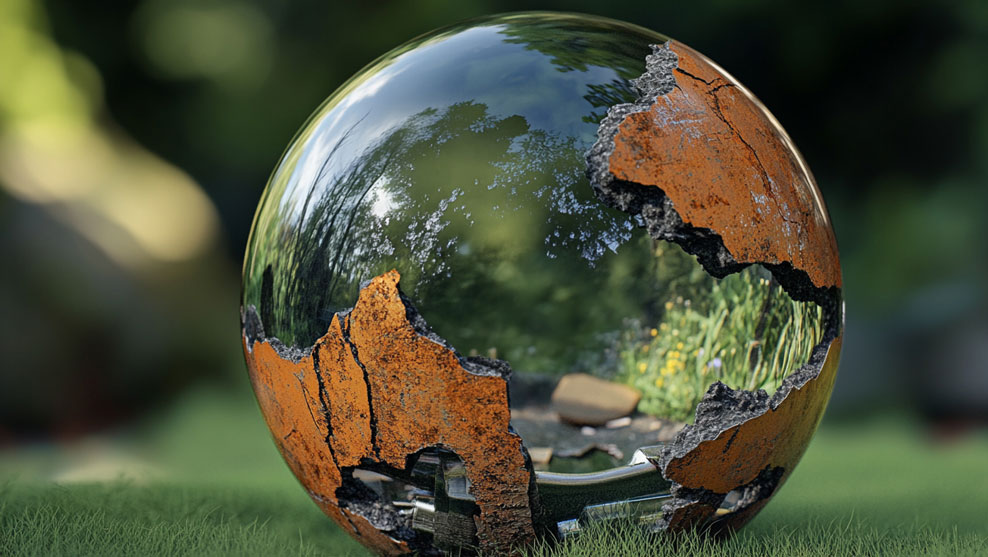Requirements for Cleaning Machines in the Field of Optics and Optoelectronics
The performance requirements for cleaning machines in the field of optics and optoelectronics are also very high. The cleaning machine needs to have stable cleaning effect, efficient cleaning speed, and good environmental performance. At the same time, the cleaning machine also needs to be able to adapt to the cleaning needs of workpieces of different materials and shapes, such as optical lenses, optical components, photoelectric sensors, etc.




















